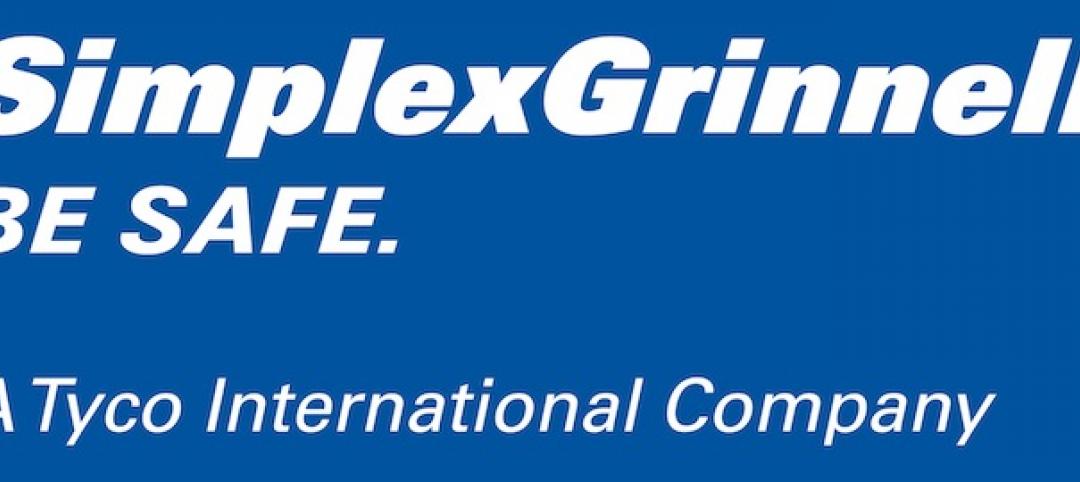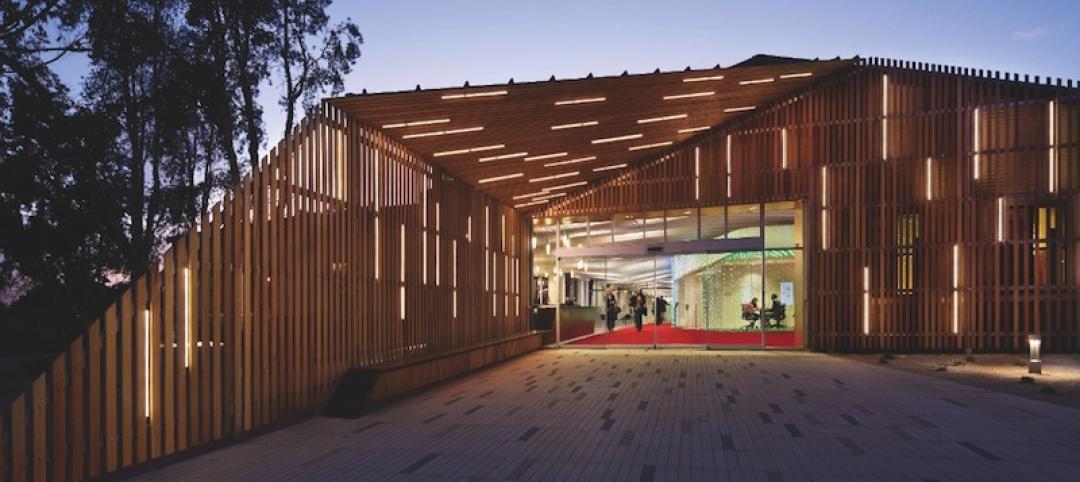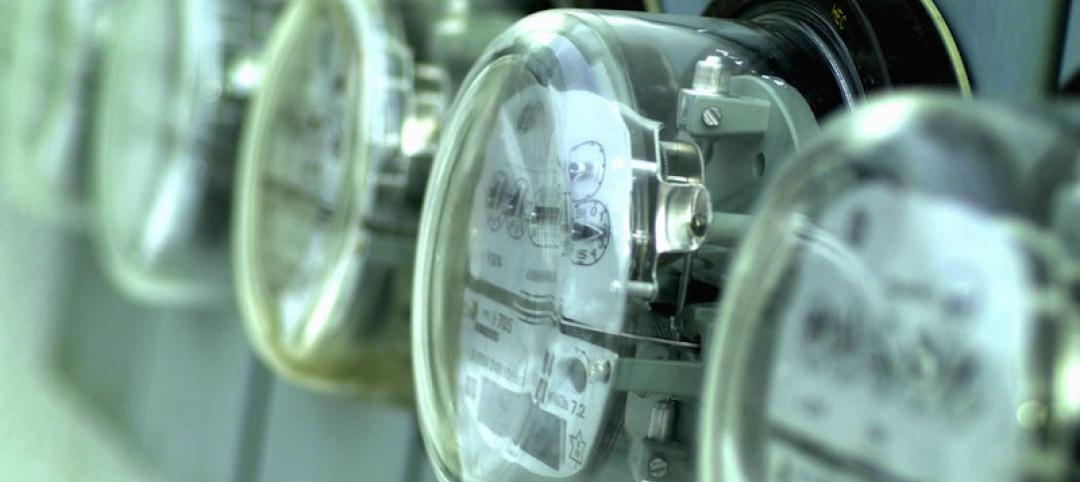AEC Building Teams should work with their clients to conduct a version of the “threat assessment” described in this Special Report.
Such an evaluation should start at the property line and work inward. Many of the questions that a security team would use in a K-12 threat assessment could be applied to office buildings, hospitals, outpatient facilities, hotels, university buildings, stadiums, convention centers, municipal and state government buildings, and other places of congregation:
• Are there exterior conditions that could compromise security—untrimmed bushes that could provide cover for intruders, or unlocked trash receptacles that could become hiding places for weapons or explosives?
• Are exit doors fitted with alarms in case they are propped open?
• Are visitors, tenants, and other building users “funneled” to a main entry point where surveillance at various levels can be conducted?
• Do the security cameras work? Does anyone monitor them? How often?
As our report shows, design and technology are vital to the safety of children, teachers, and staff in schools, but if the staff and users of other building types are not educated in emergency procedures and don’t rehearse them, the damage from an untoward incident could rise significantly.
Staff training and periodic rehearsals in security measures should be de rigueur for virtually every kind of building with public access—hospitals, retail and office facilities, college student unions, performing arts centers, movie theaters, and so on.
Our report raised the sustainability vs. security question for schools, but that quandary also applies to other public or quasi-public building types and uses, such as office buildings, college residence halls and classrooms, hotel lobbies, and restaurants. Owners and users of these buildings—not to mention the architects, engineers, and construction professionals who design and build them—all want as much natural light as the energy model will permit, but daylighting requires lots of glass, and that could raise concerns about security. Building Teams need to work with their owner clients to balance these occasionally conflicting demands.
One of the surprising findings from our exclusive survey of BD+C subscribers was that fully one-third of respondents (33.8%) said they were unfamiliar with Crime Prevention Through Environmental Design, and that only about one in six respondents (16.4%) said they (or their firms) used CPTED principles on a routine basis in K-12 projects.
These respondents were selected on the basis of their heavy involvement in school projects. If they don’t know about CPTED for schools, is it also the case that those who design and build other kinds of public or semi-public facilities have no training in security-related matters? That would be very disturbing.
(Editor's Note: This article is the fourth in BD+C's five-part special report on security design for K-12 school projects. Read the full report.)
Related Stories
| Jan 9, 2014
16 recommendations on security technology to take to your K-12 clients
From facial recognition cameras to IP-based door hardware, here are key technology-related considerations you should discuss with your school district clients.
| Jan 9, 2014
Special report: Can design prevent another Sandy Hook?
Our experts say no, but it could save lives. In this report, they offer recommendations on security design you can bring to your K-12 clients to prevent, or at least mitigate, a Sandy Hook on their turf.
| Dec 13, 2013
Safe and sound: 10 solutions for fire and life safety
From a dual fire-CO detector to an aspiration-sensing fire alarm, BD+C editors present a roundup of new fire and life safety products and technologies.
| Nov 19, 2013
Top 10 green building products for 2014
Assa Abloy's power-over-ethernet access-control locks and Schüco's retrofit façade system are among the products to make BuildingGreen Inc.'s annual Top-10 Green Building Products list.
| Nov 8, 2013
Can Big Data help building owners slash op-ex budgets?
Real estate services giant Jones Lang LaSalle set out to answer these questions when it partnered with Pacific Controls to develop IntelliCommand, a 24/7 real-time remote monitoring and control service for its commercial real estate owner clients.
| Oct 27, 2013
SimplexGrinnell Awarded Contract by National Joint Powers Alliance for Streamlined Procurement of Fire and Life-Safety Solutions
Agreement Provides 50,000 Public Entities with Simplified Access to Comprehensive Suite of Products and Services
| Jun 18, 2013
Report: HVAC occupancy sensors could slash building energy demand by 18%
Researchers at the DOE's Pacific Northwest National Laboratory conclude that significant energy savings can be achieved by varying ventilation levels based on the number of people in a given space.
| Jun 4, 2013
Notification reinvented: SimplexGrinnell introduces revolutionary family of intelligent notification appliances
Simplex TrueAlert ES uses addressable technology to improve protection, simplify installation and reduce operating costs.
| Apr 15, 2013
Advanced lighting controls and exterior tactics for better illumination - AIA/CES course
To achieve the goals of sustainability and high performance, stakeholders in new construction and renovation projects must rein in energy consumption, including lighting. This course presents detailed information about lighting control strategies that contribute to energy efficient buildings and occupant well-being, as well as tips for lighting building exteriors effectively and efficiently.
| Apr 1, 2013
Half of building owners use 'smart' technologies, says survey
A survey of 291 building owners by IDC Energy Insights shows that 50% of owners use smart building technologies, such as HVAC controls, lighting controls, and analytics/data management.

















